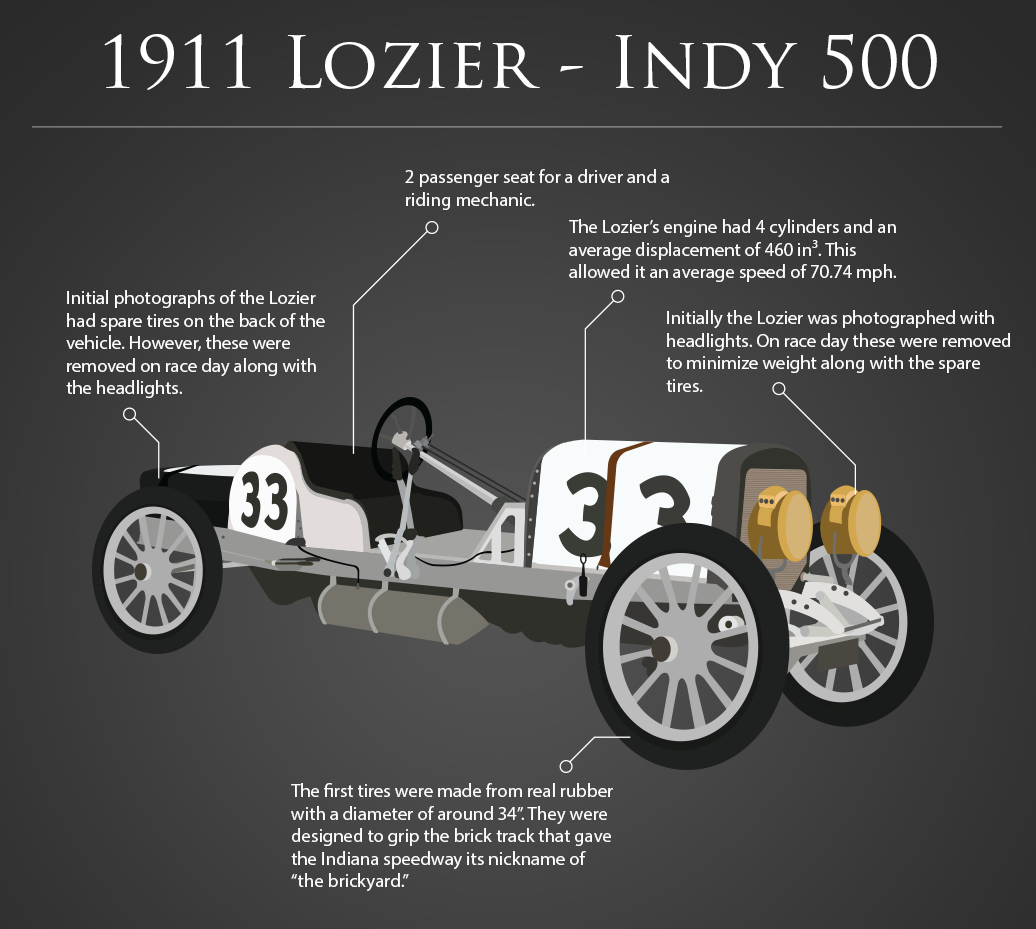Think about how often people take welding for granted. You and I see precision beads done by a highly skilled worker. They see a fence with some decorative bits. The cars we drive, the buildings we work in everyday, they’re all held together by some type of welding. It makes you wonder, how did the world survive before welding?
In the beginning, it was a bunch of caveman banging on rocks. Finding metal in a usable form was a rare thing. For most early humans, the only time they used metal for was when it landed right on top of them, literally. Falling meteors are often made of a usable form of iron. Many early cultures believed this meteoric iron was a rare gift from the gods. It’s strange to think that our everyday items would be considered an act of divinity to our early ancestors.
For about 195,000 years, we went on this way: A lot of sticks, stones and animal bones. That all changed in about 5000 BC, when early civilizations started using blacksmithing to melt pieces of metal together. Technically, that’s all welding is: unifying different pieces of metal together. To be more specific, this type of welding was called forge welding. But the amount of effort and equipment that the process took was enormous. Any metal object needing repairs had to be brought to a blacksmith, because the blacksmith sure couldn’t pick up his massive furnace and come to them.
So while the world technically had welding, its uses were limited to small workpieces that could be moved to and from a blacksmith. Large projects like buildings, ships and primitive machinery were mostly still made of wood and stone. At around 3000 BC, the Egyptians learned how to use wooden rivets to attach large plates of material together. However, their wooden rivets proved unreliable for holding any type of metal together.
During the middle ages, blacksmiths discovered how to fabricate metal rivets that were reliable enough to hold small metal plates together. This allowed them to create plated sets of armor that had the flexibility of chain mail without sacrificing toughness. However, the ability to attach large sheets of metal wouldn’t come about for several more centuries.
It’s difficult to pinpoint when we started manufacturing large metal structures. Around the late 1700s and early 1800s, multiple industries began attaching large metal plates together. Since our idea of modern (portable) welding machines didn’t make an appearance until the late 1800s, these large metal sheets were usually held together by rivets. For instance, French shipbuilders in the 1830s began experimenting by armoring their wooden vessels with sheets of metal. These metal sheets would either be riveted or attached in a similar way to the wooden outer planks of the ship. These were called “ironclad” ships. When this concept proved successful, ship builders began totally removing the wooden parts. Instead, they would overlap metal plates and rivet them together. Here’s really the first time in history we see large metal projects being created.
For a couple decades, rivets reigned supreme. And to say rivets are obsolete today would mean we go in the corner with the dunce cap. But the amount of riveting in today’s world has been largely overshadowed by welding. The reason for this comes down to 2 factors: strength and cost. Riveting required that plates overlapped, which increased the amount of material required. Needing more material added to the overall cost of the project. By making it so the material didn’t have to overlap, welding turned out to be much more cost effective in many situations than riveting.
For most applications, welding also turned out to be a much better option when it came to structural strength. While a good weld can results in virtually no lose in strength at the joint, riveted sections often lose 30% to 50% of their strength.
So what in the world did we do before welding? Well, for the most part, we simply didn’t do anything. At least not with a lot of metal. It’s no coincidence that we see the rise of skyscrapers, armored warfare, automobiles and so much more happening around the time welding came into wide use.
Why not celebrate our vast intelligence over our caveman ancestors by reading up on some bizarre welding myths still widely believed today? And if we missed anything, please let us know in the comment section down below.







